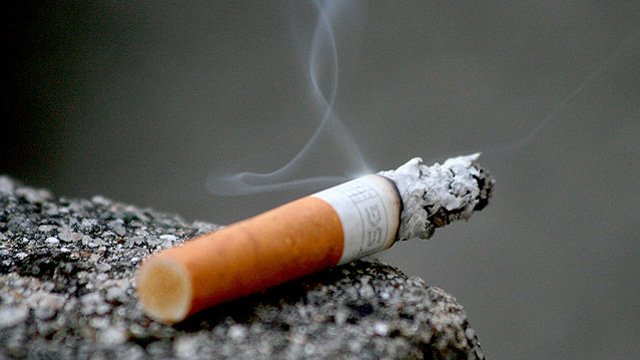 Bhopal, Madhya Pradesh, India
Bhopal, Madhya Pradesh, India dr.vaibhavdubey@gmail.com
dr.vaibhavdubey@gmail.com
Opening Hours : Monday to Saturay - 6 PM to 9 PM
Opening Hours : Monday to Saturay - 6 PM to 9 PM

An important addition in current manual is that the chapter on substance-relateddisorders has been expanded to include gambling disorder. Another key change is that as in DSM-IV DSM-5 does not separate the diagnoses of substance abuse and dependence . Rathe rcriteria are provided for substance use disorder, accompanied by criteria for intoxication,withdrawal, substance-induced disorders, and unspecified substance-related disorders,where relevant. Within substance use disorders,a new criterion—craving, or a strong desireor urge to use a substance—has been added and the DSM-IV recurrent substance-related legal problems criterion has been deleted from DSM-5. In addition, the threshold for substance use disorder diagnosis in DSM-5 is set at two or more criteria, in contrast to a threshold of one or more criteria for a diagnosis of DSM-IV substance abuse and three or more for DSM-IV dependence. Cannabis withdrawal and caffeine withdrawal are new disorders (the latter was inDSM-IV Appendix B, “Criteria Sets and Axes Provided for Further Study”). Severity of the DSM-5 substance use disorders is based on the number of criteria endorsed.The DSM-IV specifier for a physiological subtype is eliminated in DSM-5, as is the DSM-IV diagnosis of polysubstance dependence. Early remission from a DSM-5 substance use disorder is defined as at least 3 but less than 12 months without meeting substance use disorder criteria (except craving), and sustained remission is defined as at least 12 monthswithout meeting criteria (except craving). Additional new DSM-5 specifiers include “in a controlled environment” and “on maintenance therapy” as the situation warrants.